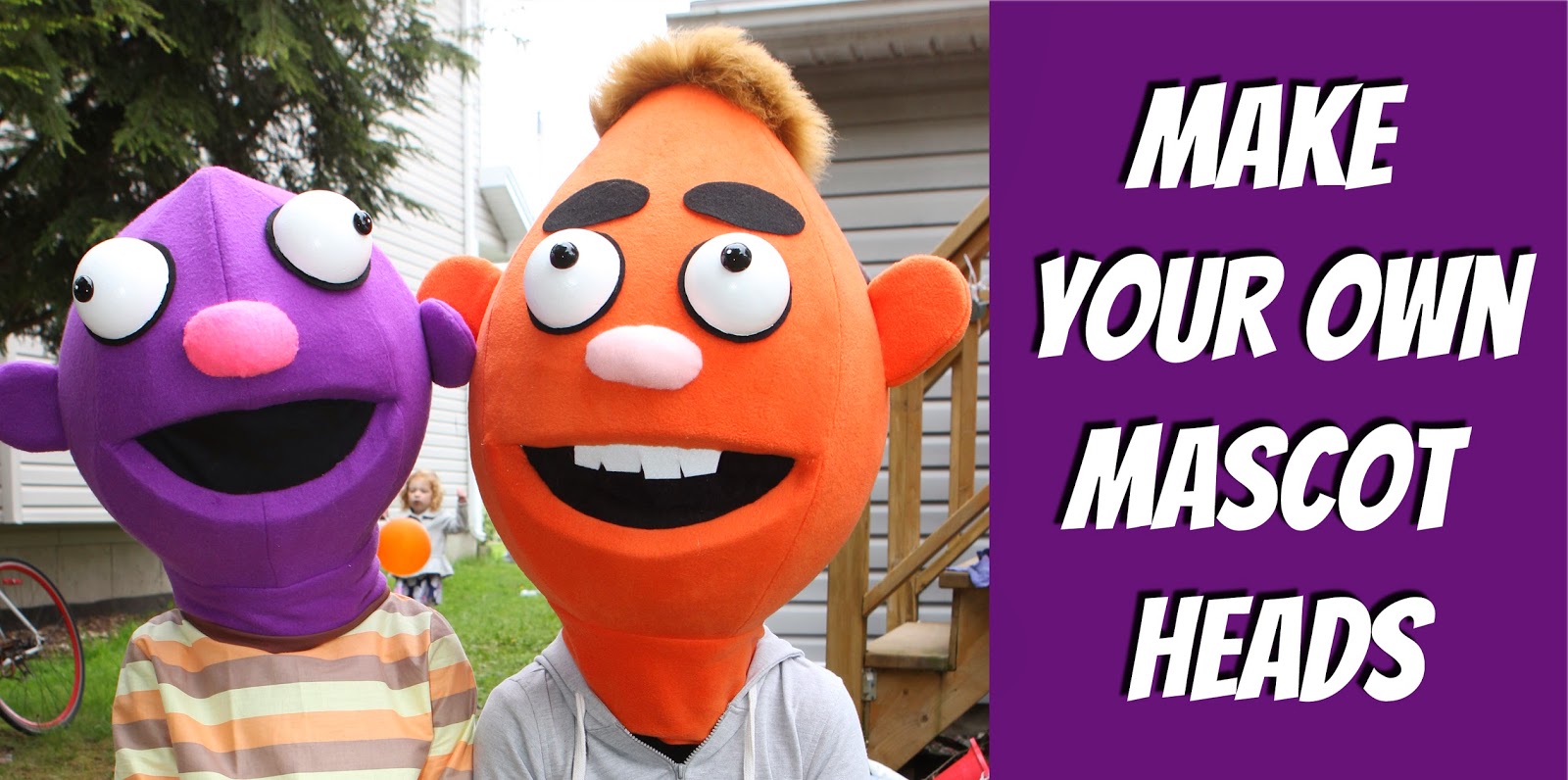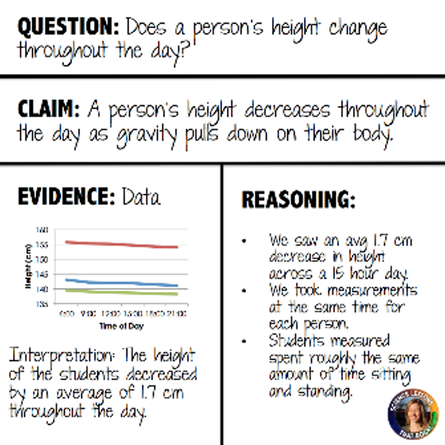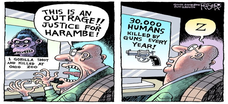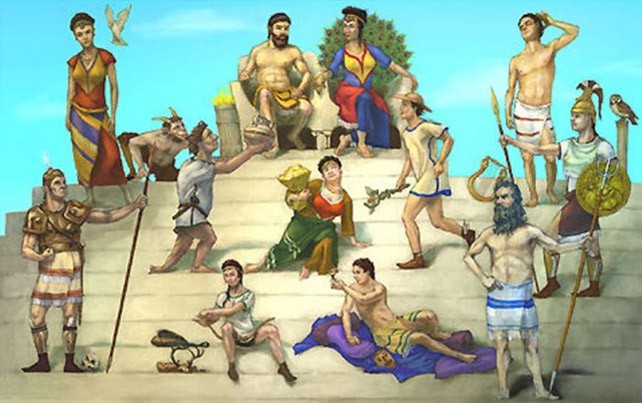Do Now I spoke to dozens of parents about how they handle Halloween candy, many of them fellow dietitians. On one side of the debate about candy-control are parents who avoid taking their kids trick-or-treating. They take them swimming or bowling instead. These parents say their kids haven't complained about missing out on the festivities. And there are the parents who subscribe to the "switch witch" or "candy fairy" approach. They take their kids trick-ort reating and may let them have a couple of pieces of candy that evening. But once the kids are in bed, the parents switch out the candy stash for a toy. Blaming the candy's disappearance on a witch or fairy helps displace any anger the kids might feel toward their parents.
------------------------------------------------------ How does the selection support the idea that kids enjoy sports just as much as trick-or treating?
A. By stating that kids do not feel left out from regular Halloween festivities.
B. By stating that a “switch witch” comes to take the candy.
C. By arguing that parents should avoid taking their kids trick-or-treating.
D. By arguing that kids can eat 1-2 pieces of candy.
Answer is A
STANDARD: RI8 Trace and evaluate the argument and specific claims in a text, distinguishing claims that are supported by reasons and evidence from claims that are not.
LEARNING TARGET:
-I can identify an argument and its claims in a text.
-I can distinguish valid claims within a text.
CRITERIA FOR SUCCESS:
-I CAN identify a CLAIM, LOGICAL REASONS, & EFFECTIVE EVIDENCE
-I CAN develop a correlating QUESTION for the CLAIM
-I CAN OBJECTIVELY SUMMARIZE the Question, Claim, Evidence, and Reasons from a text.
MODELED INSTRUCTION:
TEACHER THINK ALOUD & Complete Q.C.E.R. [Anchor Chart] Graphic Organizer
TW closely read [Annotate the Text] - Ad Bombardment.pdf
TW model identify the author's question, claim, evidence, and reasoning,
TW model developing an objective summary
GUIDED PRACTICE
TW Guide students in closely reading [Annotate the Text] - Positive Advertising in Schools.pdf
INDEPENDENT PRACTICE
SW identify the author's question, claim, evidence, and reasoning using Q.C.E.R. Graphic Organizer
EXIT TICKET
SW model developing an objective summary
TURN IN: Q.C.E.R. Graphic Organizer







 RSS Feed
RSS Feed
